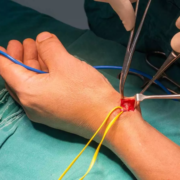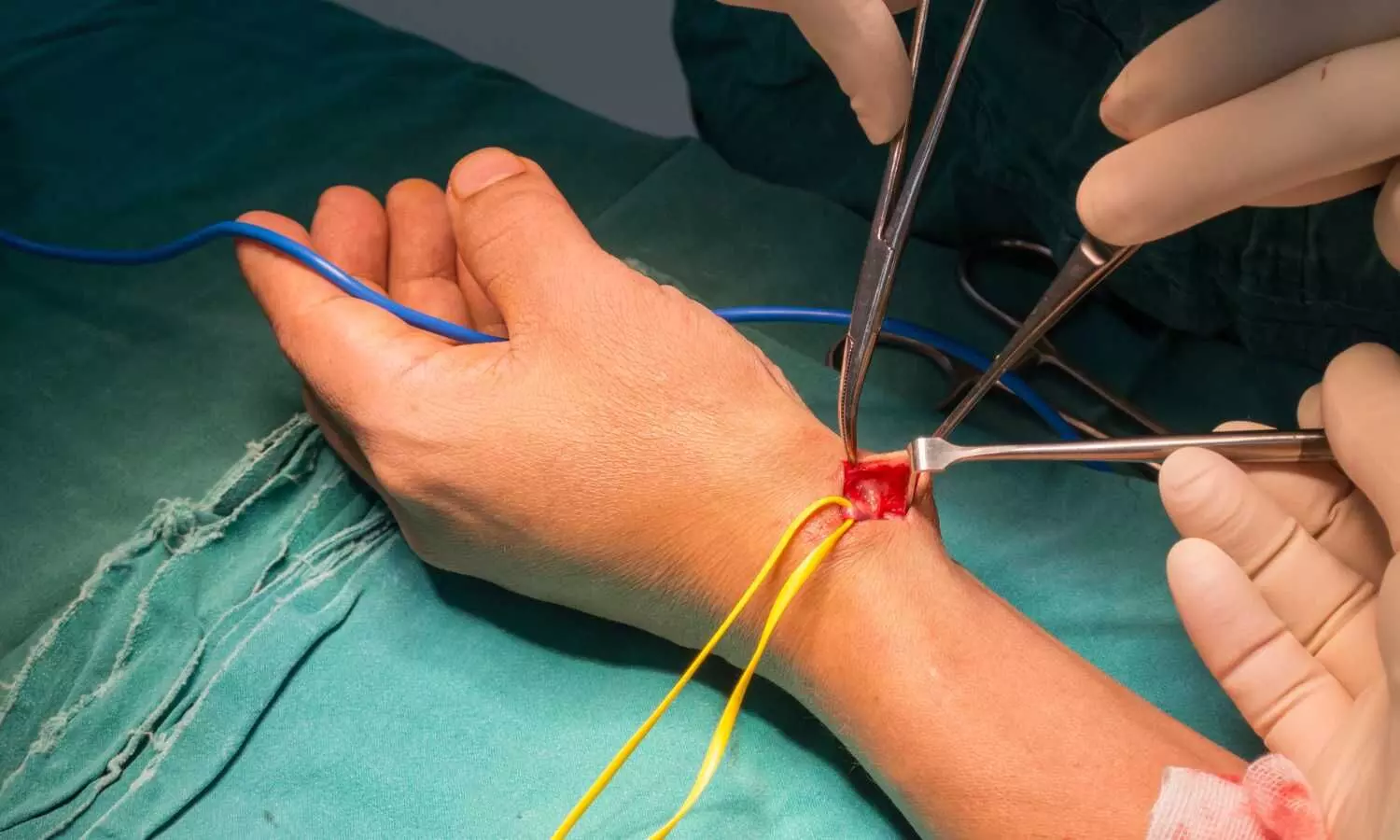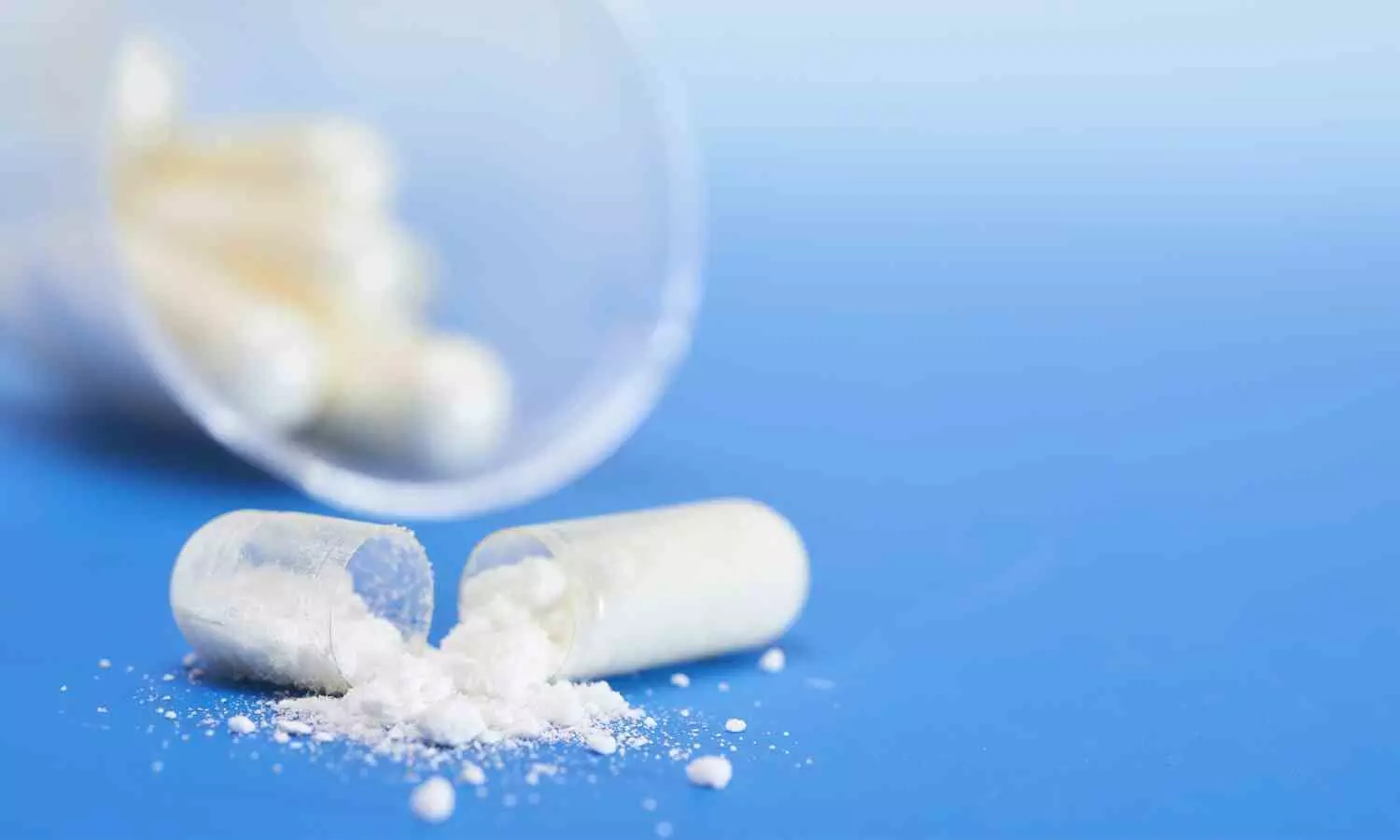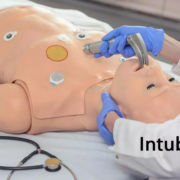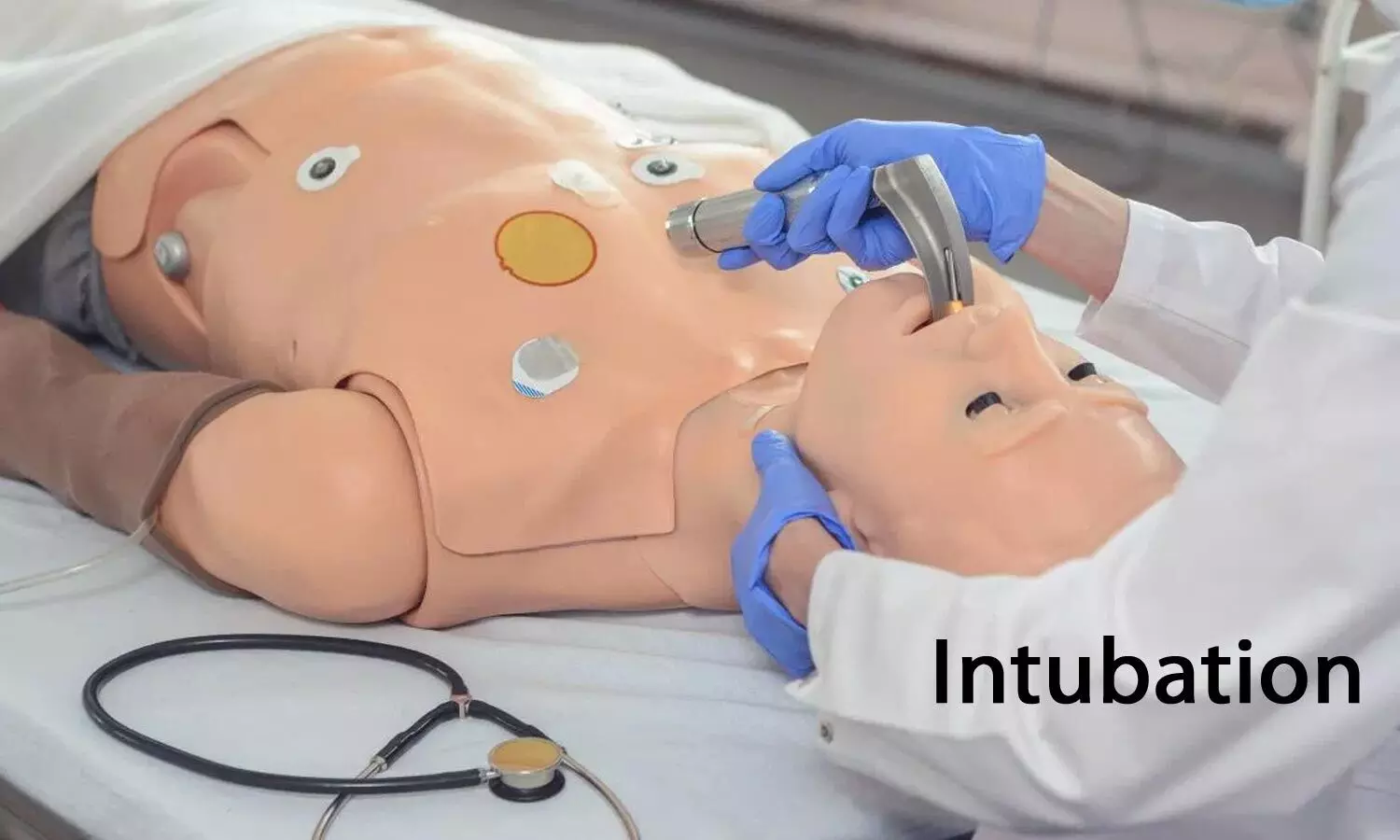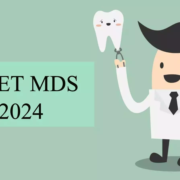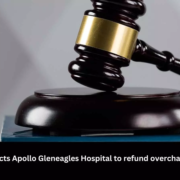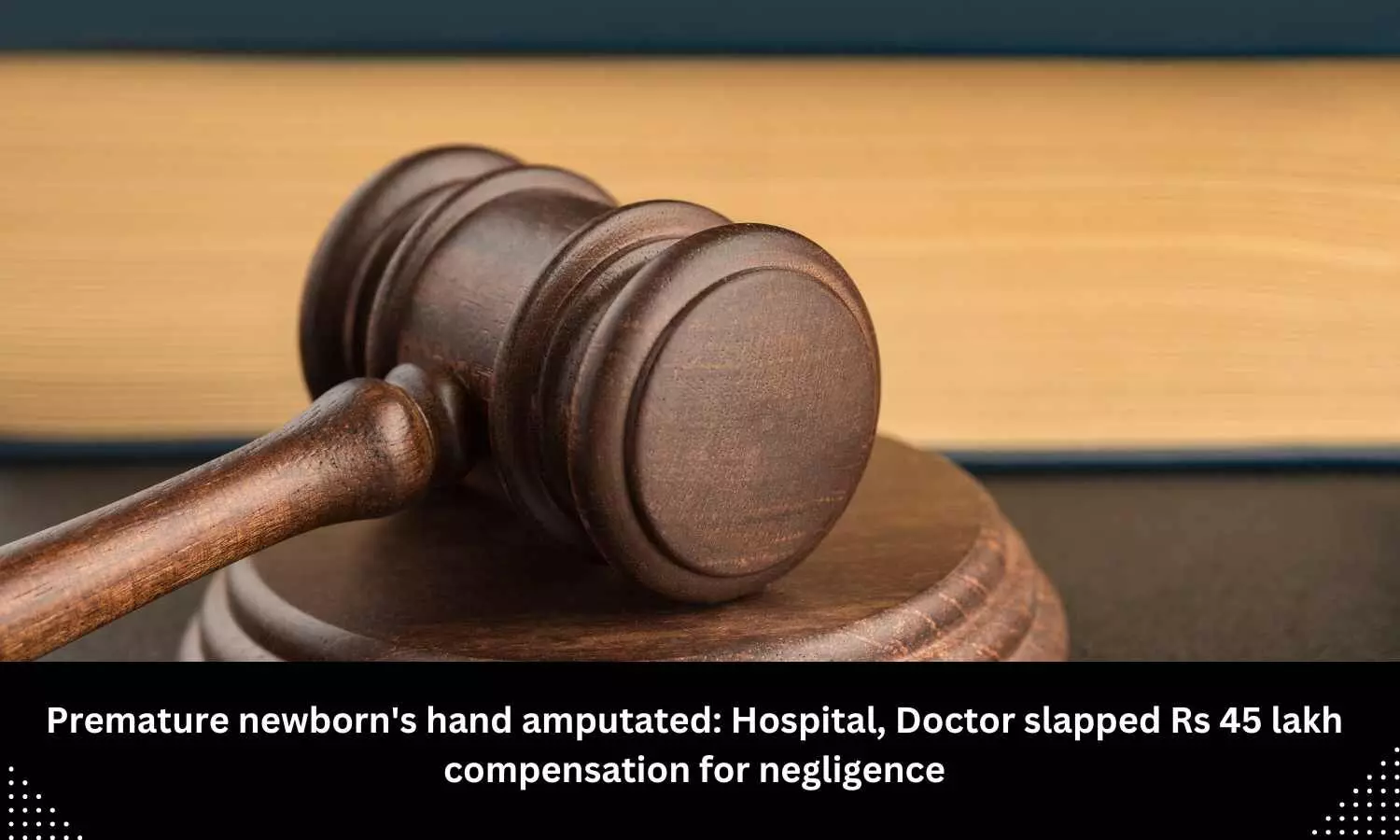Age-Related Macular Degeneration Increases Rheumatoid Arthritis Risk, Study Finds
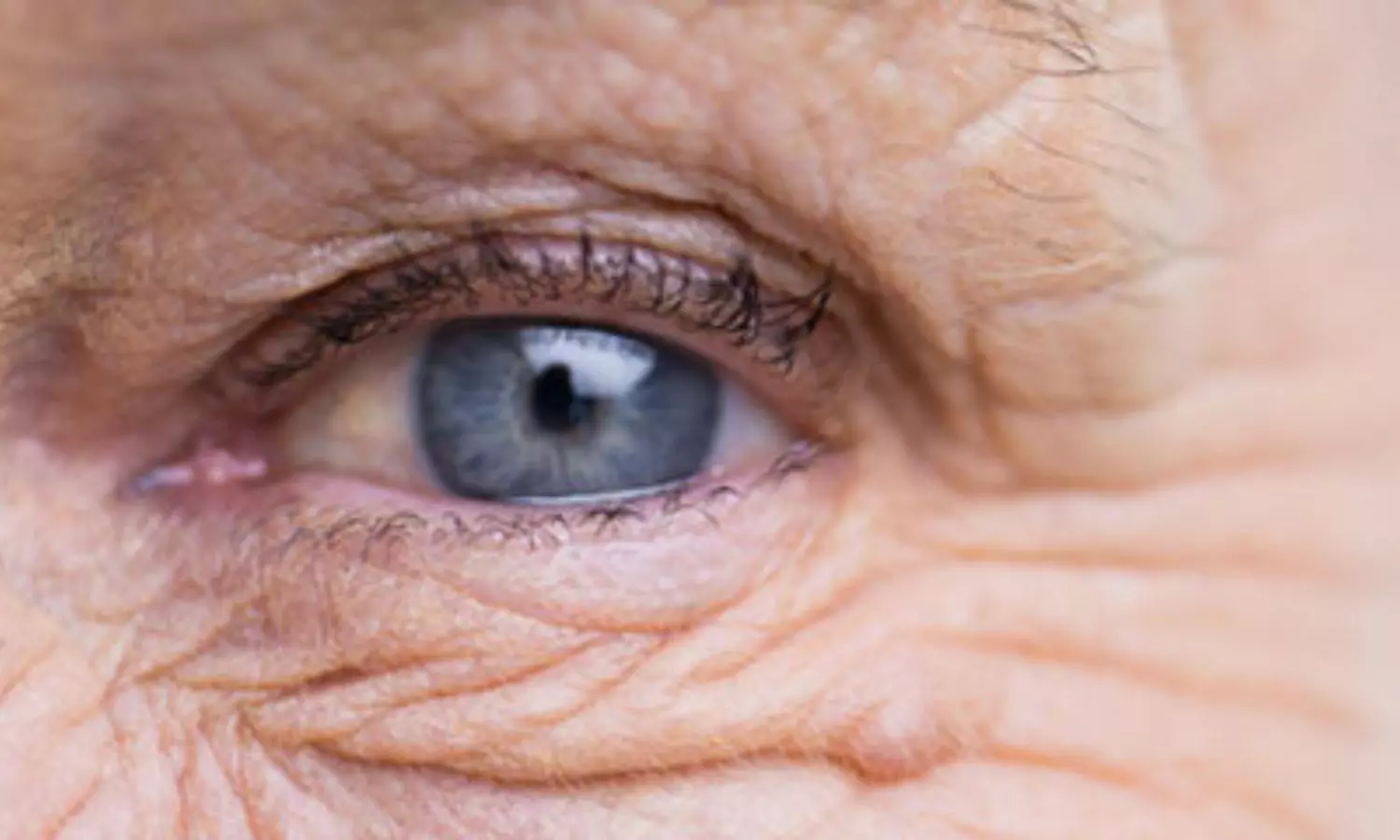
Researchers report that the prevalence of rheumatoid arthritis (RA) is greatly higher in patients with age-related macular degeneration (AMD), regardless of the presence of visual disability. A recent study was published in the journal Scientific Reports by Jee Moon Yoon and colleagues..
Age-related macular degeneration is a leading cause of blindness among older adults. Rheumatoid arthritis is an autoimmune disease, characteristically involving the joints. They investigated this in a risk study of RA in individuals with AMD, with and without visual disability, using data on over 2 million South Koreans.
This was a large cohort study, with 3,537,293 people who underwent health checkup in 2009 and were followed for 10 years until 2019. Patients were stratified into three groups: patients suffering from AMD without VD, patients with AMD with VD, and controls without AMD. Loss of vision or defects in the visual field according to certified criteria by the Ministry of Health and Welfare of Korea was used as the condition for diagnosing visual disability. The incidence of RA diagnoses was tracked during the study period, and the analysis used multivariable-adjusted Cox regression to estimate RA risk in the exposed relative to the control groups. Lifestyle factors and other possible confounders were controlled for in the hazard ratios (HRs).
Results
-
A total of 43,772 people (1.24% of the study population) were diagnosed with RA during the follow-up period.
-
The risk of RA was higher in the AMD group than in controls regardless of visual disability status (aHR 1.11; 95% CI, 1.02–1.21).
-
The additional analysis in the AMD group shows that patients with AMD without visual disability had a higher risk of RA (aHR 1.13; 95% CI, 1.03–1.21), while those with AMD and visual disability had a non-significant lower risk of RA (aHR 0.90; 95% CI, 0.64–1.27).
-
There is also a significantly associated risk of RA with AMD even after accounting for lifestyle factors such as smoking and alcohol consumption, and comorbid conditions such as hypertension and diabetes.
This study found that there is a modestly increased risk of rheumatoid arthritis (RA) with age-related macular degeneration (AMD). Even after adjusting for lifestyle and comorbid factors, this association remained, which potentially brings to the fore a common pathway existing between the two diseases. This discrepancy could reflect differences in mechanisms between the two conditions operated with or without visual impairment or the effects of chronic inflammatory processes in both diseases.
Reference:
Yoon, J. M., Eun, Y., Han, K., Kim, B. S., Jung, W., Kim, H., Shin, D. W., & Lim, D. H. (2024). Association of rheumatoid arthritis with age-related macular degeneration in nationwide longitudinal cohort study. Scientific Reports, 14(1), 1–8. https://doi.org/10.1038/s41598-024-71524-x
Powered by WPeMatico


